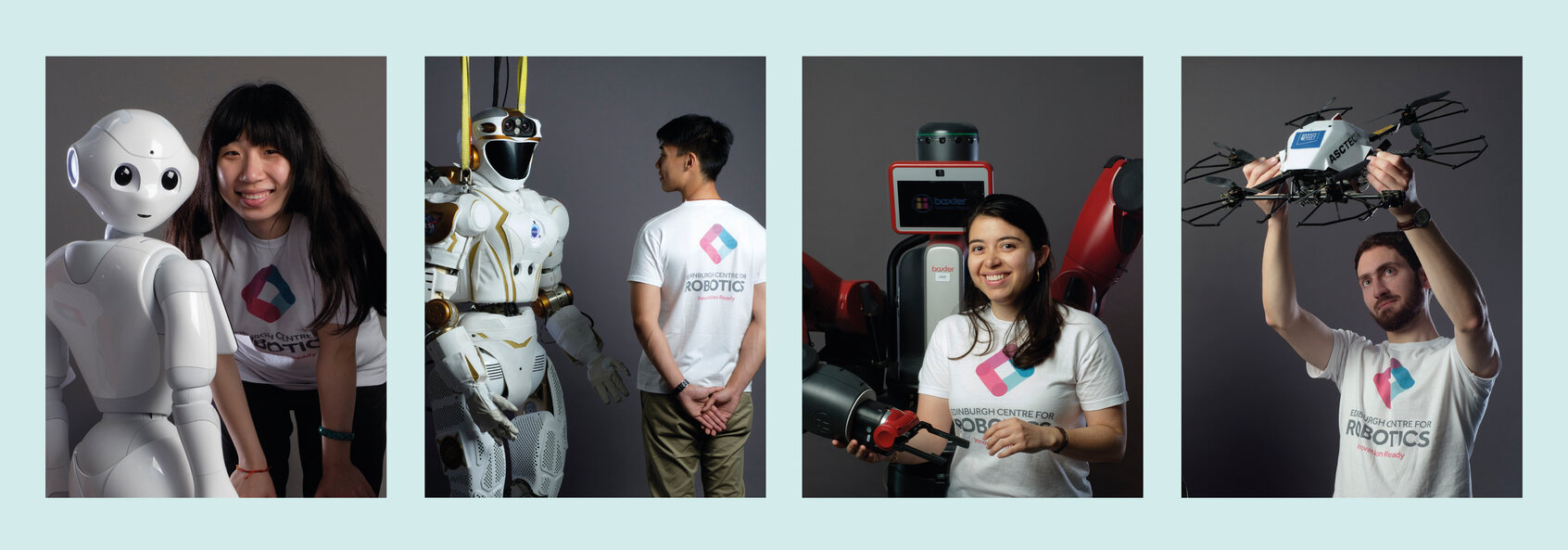Ciarán Johnson
A prognosis model relates a crop’s current characteristics and environment to potential risks in the future. This is similar to a doctor providing their patient with a prognosis based on their symptoms and lifestyle. Along with their prognosis, doctors also often provide a treatment plan. As a result, a stretch goal for the crop prognosis model would be to suggest remedial action in the form of a treatment plan. Finally, the prognosis model should be able to determine the optimum time to harvest the crop, providing the deterioration with time that the crop will experience if not harvested. This starts with understanding the crop’s characteristics, also known as the crop’s phenotype.
The prognosis model will be useful for detecting plant stress, disease, and pests. Plant stress should include limitations in resources such as mineral deficiency or a lack of irrigation. Plant diseases and pests should be detected as soon as possible to limit their spread and impact on yield. The prognosis model should also provide insights into potential yield and determine the optimum time to harvest.
I have already published one journal article during my PhD called "Machinery in potato harvesting: state-of-the-art review". This can be found using the link below.
https://www.frontiersin.org/articles/10.3389/fpls.2023.1156734/full
I received my integrated Master in Informatics (MInf) at the University of Edinburgh in 2021. During my undergraduate career, I was the leader of the winning team in the University's SDP Assistive Robotics course. Additionally, I worked alongside three friends and ultimately won the HackUPC FakeNews Detection challenge in 2018. My undergraduate dissertation focused on the use of social network analysis in recommendation systems to handle the cold start problem. During my masters, I further explored my interests in Machine Learning, IoT and Natural Language Processing. My MInf dissertation centred on the use of thematic modelling for financial documents.


